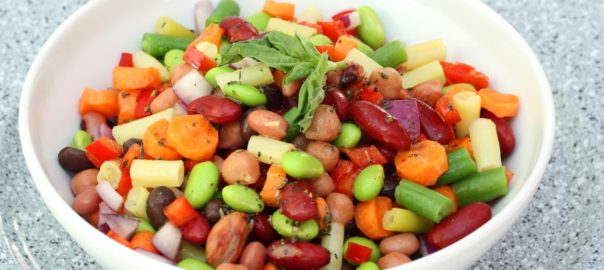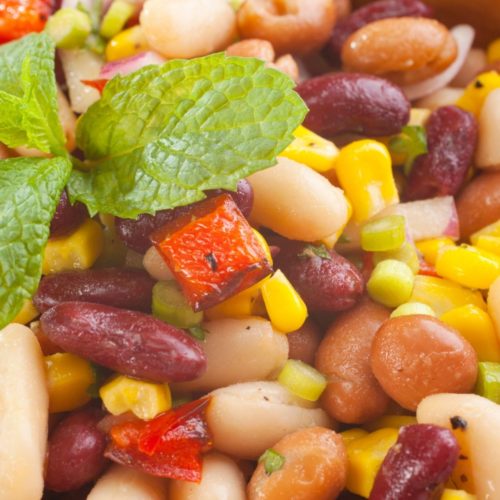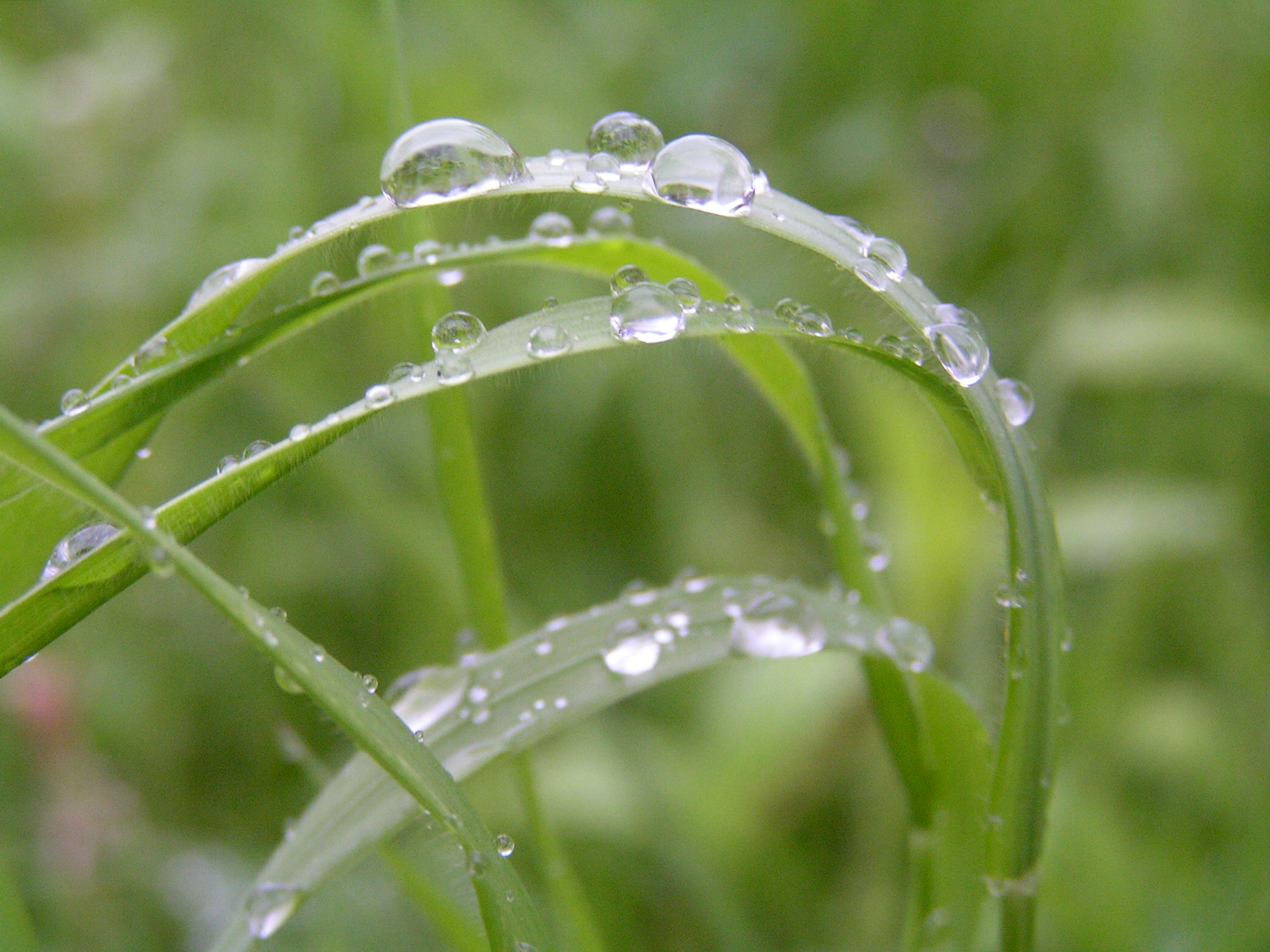Seeds of Hunger
by Yves Billy and Richard Prost
Icarus Films
Food security. It's probably not something that many of us think about. We don't worry about where our next meal is coming from, what it will consist of, nor how much it will cost. Yet all over the world, from India and Asia to Great Britain and even the United States, food security is a growing concern.
Food shortages, the increased cost of staple items, crop losses and failures all contribute to the likelihood of decreased food security that is a reality for many. Billions of people are malnourished and starving, yet the increasing genetically modified, corporate-profit-driven policies do nothing to address the very hunger and scarcity they promised to defeat.
One part of food security is the creation of food deserts, more and more of which are appearing across the landscape. In the United States alone there are 803 counties that are considered food deserts. These are areas with populations so rural that everyone living there is 10 miles or more from a grocery store with fresh fruits and vegetables. Sadly these areas are often highly populated with fast food restaurants and cheap non-nutritious food stores.
Seeds of Hunger, named the Best Documentary at the 2009 Bourges International Festival of Environmental Films, was filmed on three continents and looks closely at these issues and others. It examines the rising number of components which contribute to the growing crisis of food insecurity and instability. Interviews with many different people along the food chain from farmers to manufacturers, exporters, and even financial analysts provide a dramatic picture of food used for fuel, food riots, and how this trend is reshaping the eating habits of billions of people. The film helps viewers understand our changed global economy and it's impact on social structure.
The trailer is available on YouTube.
I originally wrote this for a private client. They are no longer publishing their newsletter and I am now able to share this review with you.








